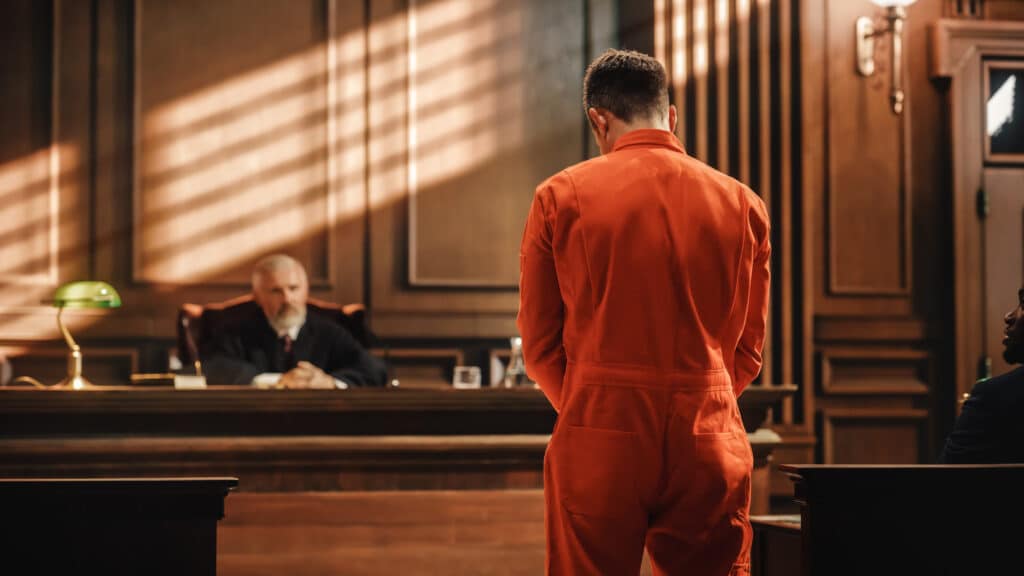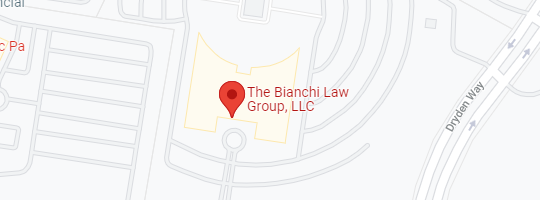By: Robert A. Bianchi, Esq.
I had the privilege being with Fox New’s Happening Now host Jon Scott and co-guest and The Bianchi Law Group friend, Eric Guster, Esq. to discuss the savage murder case of John Robert Charlton who is accused of killing his girlfriend and chopping her into pieces. This murder case is one to follow as it progresses.
As a NJ domestic violence lawyer, handling these matters as either a NJ prosecutor and/or NJ criminal defense lawyer, these kinds of cases are regrettably all too common. When I was a head NJ county prosecutor, we were always concerned when such cases occurred, wondering if in a previous matter we had taken an action as prosecutors previously could have prevented such a tragedy. Thankfully, with all of the domestic violence homicides we investigated, none had previously been cases we handled in our domestic violence unit beforehand.
That said, there is an old adage in the prosecutor’s homicide world that states: “Today’s domestic violence case, is tomorrow’s murder case.”
In this murder case, the couple met online and was only dating for about a month. Meeting a person online is always a very risky proposition as those intent on harming people, now have new technologies to find their prey.
In this murder case, the defendant (as many do) made some crucial mistakes. His first mistake was speaking to the police without a criminal defense lawyer present. This is again common. Perpetrators often believe that they can outsmart the police and “talk their way out of a problem.” The problem with Charlton, as with others, is that while denying involvement, he stated things the police could prove were lies. Here, the defendant unwittingly placed himself at the crime scene at the relevant time period of the murder. I have tried at least a ½ dozen murder cases as a prosecutor where this very exact thing happened.
This is why any decent criminal defense lawyer or domestic violence lawyer knows that speaking to the police in many instances is legally lethal. My experience handling murder cases and domestic violence cases as a NJ criminal lawyer has shown me that defendants firstly feel they can outsmart the police. Secondly, since they believe the crime scene has been cleaned and the body relocated, that it will be a missing person’s case only.
What they don’t figure, is that when there is a bloody crime scene, (especially one where a body has been dismembered) there is so much blood and DNA left behind that it is virtually impossible to completely get rid of. Smart investigators and prosecutors will use a “fine tooth comb” looking for the DNA samples. It is common practice to seize the “drain traps” and plumbing at the scene of the crime. And there, just sitting for the cops to find are pieces of flesh and blood evidence. And, that is exactly what happened in this murder case.
And, then comes the statements made by this and other defendants. Because he wants to not be viewed as a suspect, he discusses the case with law enforcement officers and others. He made 3 damming errors. When speaking to the police, he confirmed he was with her that night; he was with her at her home (which they now know was the murder scene); and she got him back to Seattle (which is the place where the body was later found).
Further, he engaged in texts with the victim’s mother. After a number of suspicious responses in those texts, the mother begs him to call her and speak with the police. She never receives a response. Now, at trial, a good criminal defense lawyer will have a hard time explaining to a jury why a boyfriend is not helping to find his girlfriend unless he had something to hide.
This is a strong circumstantial case. But, prosecutors want more, and criminal defense attorneys certainly want less evidence. Of crucial importance to prosecutors is the motive. Motive is not legally needed to win a murder case, but prosecutors sure like to have one. Be assured, they will crawl through all electronic data, speak to all family members and friends, and employ many other investigative leads to try to pin down a motive in this case.
And, it is for sure as a domestic violence attorney myself, this is also a major area the police will look to see if there is a history or something that happened that night to support that this was an act of domestic violence.
One strange thing that disturbs me about this case is that the judge ordered that the media is not to take and/or print a photo of the defendant in their coverage of the case. Presumably, this is to ensure that pretrial publicly does not “taint” the jury selection. But, this is almost always a losing argument for the criminal defense lawyer, so why in this case?
And as a prosecutor, I would appeal this ruling as many times we used the assistance from the community for tips and leads that could and did, lead to great information about our murder case, not to mention possible other crimes the defendant committed. From a public policy point of view, questioning of a jury pool well ferrets out prejudices of a potential juror.
But, what amazes me with this judge’s ruling is that the jurors will see the defendant’s face in court. So, how is publishing a photo of a defendant in the media prejudicing the defendant? This makes no sense to me. All that the judge accomplished by doing this is prevent the prosecution from appropriately gathering more evidence in this murder case, or other crimes the defendant may have committed, by using the public’s assistance to identify him.
As a former prosecutor and now criminal defense lawyer and domestic violence lawyer, I am going to follow this case. It is sadly such an interesting case to watch and underscores how we all need to be careful with people we meet on the internet.
© 2016 Robert (Bob) Bianchi, Esq.












